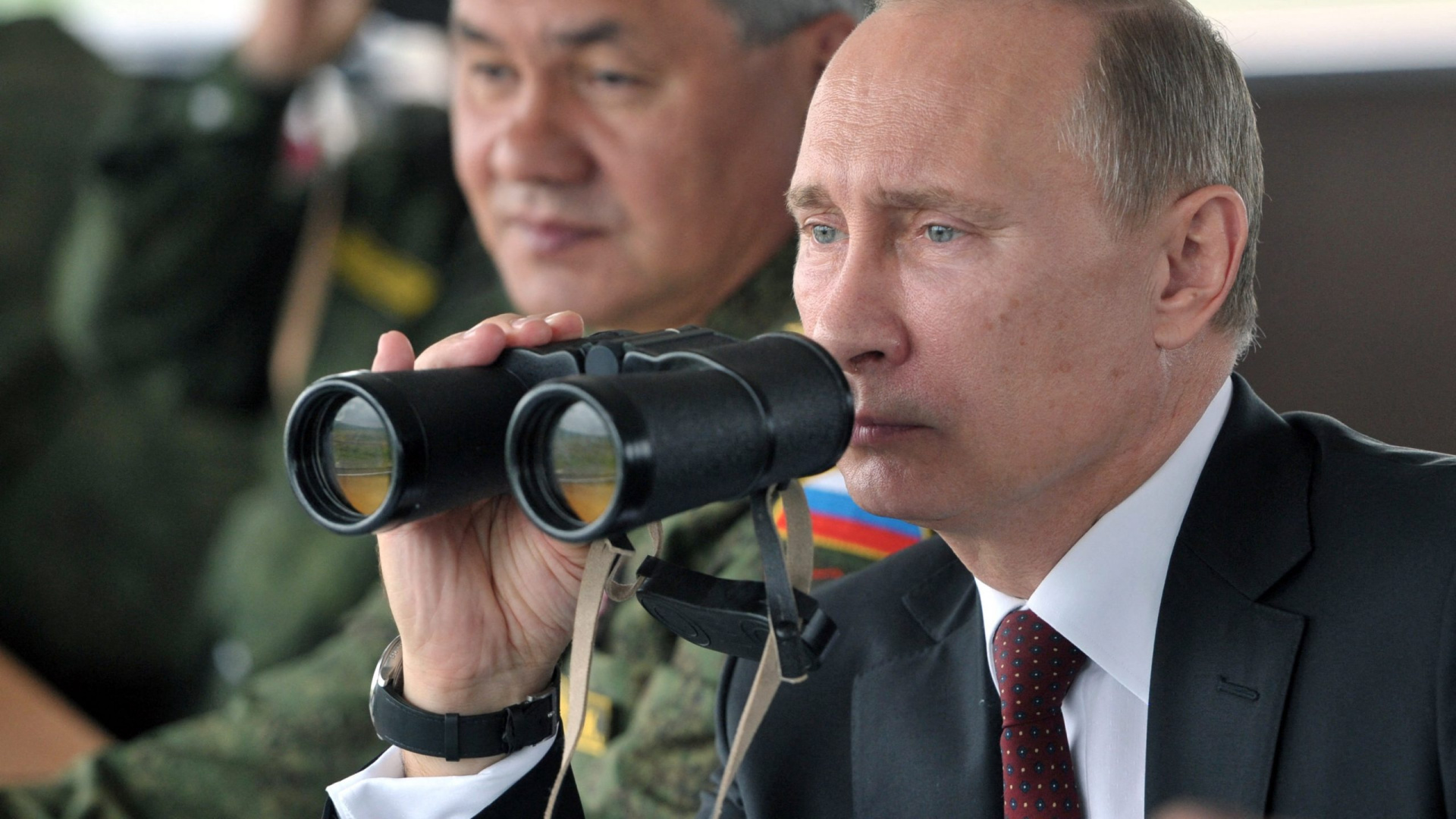Liz Truss joins list of shortest serving heads of state in modern history
The most recent case of a head of state who didn't last long in their position: Liz Truss. After being appointed Prime Minister of the United Kingdom, Truss, spent a full 45 days in office before her disastrous tax policies crashed British financial markets and forced her to resign as the head of the UK government.
It took about two centuries to break the previous record for the shortest-serving head of state in the UK. That record was set by George Canning, who had only held his premiership for 119 days before his term ended when he died in office in 1827.
In the 20th century, Alec Douglas-Home was able to last a little longer than George Canning, but he still didn’t finish out a year. Douglas-Home lasted 363 days in 10 Downing street before he was defeated in a general election.
Gordon Brown is also a notable member of the UK’s shortest-serving Prime Ministers list. The right-hand man of Tony Blair and successor to the leadership of the Labour Party, Brown lasted 1049 days before the weight of a global financial crisis crippled his premiership. But enough about the British, who is on the global list of short-serving Heads of State?
William Henry Harrison was sworn in as the 9th President of the United States in 1841. Taking up the office on March 4th, Harrison would die a month later on April 4th, giving him the record for the shortest-serving American president at just 31 days in office.
Twentieth-century American president and civil rights defender, James Garfield, lasted exactly 200 days before an assassin's bullet found its mark and ended his presidency.
Not unlike the rest of the Anglosphere, Canada has had its fair share of short-lived heads of state. John Turner was Canada’s shortest-serving Prime Minister at just two and a half months in office in 1984, during which time he hadn’t been able to pass a single law.
Before dominating the Italian political scene in the mid-2000s, Silvio Berlusconi served for a very brief time as the President of the Council of Ministers. Winning his election in 1994, Berlusconi's Cavaliere party was quickly voted out of parliament in 1995 and forced to leave office.
Enrico Letta is another Italian politician familiar with Italy’s notoriously unstable government structure. This social democrat was only in office for about nine months between 2013 and 2014 before his government fell.
Japanese democracy has also seen its fair share of rapid succession in its government's highest office. A good example of this can be found in Shino Abe’s first term as Japan’s Prime Minister where he only served for a full year between September 26, 2006, and September 26, 2007. In 2012 he was elected for a second term which lasted until late 2020.
But short-serving heads of state are not just a disease of democracies. Dictatorships like the Union of Soviet Socialist Republics (USSR) also fall victim to short leadership mandates. Yuri Andropov was chosen to succeed former leader Leonid Brezhnev, but Andropov quickly fell ill after taking office and died in 1984, spending about 15 months at the head of the Soviet empire.
Yuri Andropov’s successor Konstantin Chernenko had an even shorter tenure as the country’s leader. This conservative put an end to attempts to reform the USSR and failing health would cap his time in office at one year and twenty-five days.
Boris Skossyreff was another Russian with a very brief political career, except he didn’t serve in Russia. In 1934, Skossyreff proclaimed himself king of the Principality of Andorra. Locals didn’t take too kindly to this proclamation and Skossyreff was quickly overthrown eight days later by the Civil Guard and joint supervision under France and Spain was restored soon after.
In Tunisia, Elyes Fakhfakh held several successful and long-term ministerial positions after the country transitioned into a democracy in 2011. But his time as head of state of Tunisia would only last about six months before accusations of political corruption forced him to resign.
And what about France? Historically the constitution of the Fifth French Republic has allowed its Presidents to stay in power for up to seven years. But some French presidents couldn’t even make it a year before they were forced from office. For example, Bernard Cazeneuve only spent 5 months in office between 2006 and 2007.
A quarter of a century before Cazenueve's five months as president, Edith Cresson set the record for the shortest-serving French head of state. Replaced by Pierre Bérégovoy in April 1992, Cresson spent less than a year in office.
France's pre-World War II governments also had a history of extremely short-serving heads of state. Elected on May 24th of 1920, Paul Deschanel would resign seven months later when his mental health deteriorated. Deschanel was forced to resign on September 20th, 1920 after walking out a state meeting and straight into a lake while fully clothed.
More for you
Top Stories






























